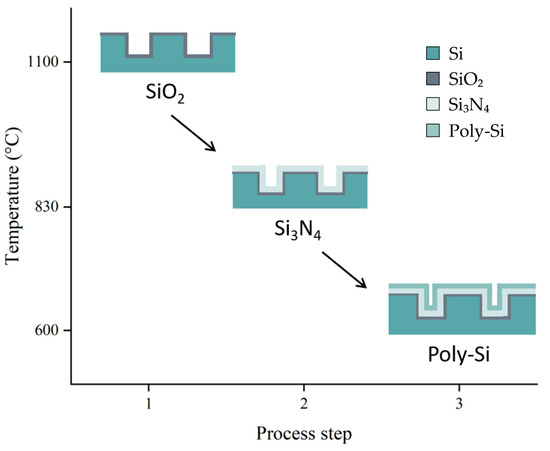Women in Micromachines
A topical collection in Micromachines (ISSN 2072-666X).
Viewed by 1010
Editors
Interests: micro- and nanoscale assisted neuroscience and technology; micro- and nanofabrication; microfluidic applications; 3D brain-on-a-chip; organ-on-a-chip platforms; systems engineering
Special Issues, Collections and Topics in MDPI journals
Interests: drug delivery; gene delivery; liposomes; nanoparticles; functional materials; molecular diffusion; mass and heat transport simulation; cell sygnalling; cell death
Special Issues, Collections and Topics in MDPI journals
Topical Collection Information
Dear Colleagues,
We are delighted to present this special collection of articles highlighting the achievements of women scientists in micro/nanoscale structures, materials, devices, and systems from all around the world. This Special Issue is devoted to presenting research performed by early and advanced-career female scientists.
Micromachines is a peer-reviewed open access journal concerning all aspects of micro/nanoscale structures, materials, devices, and systems, as well as related micro- and nanotechnology, from fundamentals to applications. Its Impact Factor has increased continuously in recent years, reaching 3.4 in 2022. Its primary areas of research interests include, but are not limited to, the following:
- Micro/nanoscale structures, devices, systems, and applications;
- Micro- and nanotechnologies for biological, chemical, medical, environmental, and energy applications;
- Micro- and nanoscale fabrication and manufacturing technologies;
- Theories and analyses of multiphysics phenomena in micro/nanoscale;
- Material developments for micro- and nanostructures.
Communications, original research papers, and review articles are welcome. Biographies or articles celebrating outstanding women researchers are also welcome.
Articles where the lead authors are women, or that are completely authored by women, are encouraged. We welcome submissions from all authors, irrespective of gender.
Dr. Regina Luttge
Dr. Anna Vikulina
Guest Editors
Manuscript Submission Information
Manuscripts should be submitted online at www.mdpi.com by registering and logging in to this website. Once you are registered, click here to go to the submission form. Manuscripts can be submitted until the deadline. All submissions that pass pre-check are peer-reviewed. Accepted papers will be published continuously in the journal (as soon as accepted) and will be listed together on the collection website. Research articles, review articles as well as short communications are invited. For planned papers, a title and short abstract (about 100 words) can be sent to the Editorial Office for announcement on this website.
Submitted manuscripts should not have been published previously, nor be under consideration for publication elsewhere (except conference proceedings papers). All manuscripts are thoroughly refereed through a single-blind peer-review process. A guide for authors and other relevant information for submission of manuscripts is available on the Instructions for Authors page. Micromachines is an international peer-reviewed open access monthly journal published by MDPI.
Please visit the Instructions for Authors page before submitting a manuscript. The Article Processing Charge (APC) for publication in this open access journal is 2600 CHF (Swiss Francs). Submitted papers should be well formatted and use good English. Authors may use MDPI's English editing service prior to publication or during author revisions.
Keywords
- MEMS
- lab-on-a-chip
- microfluidics
- sensors
- 3D printing
- flexible electronics
Related Special Issues
- Women’s Special Issue Series: Micromachines in Micromachines (16 articles)
- Women’s Special Issue Series: Micromachines 2023 in Micromachines (7 articles)









